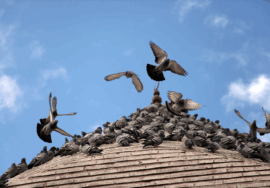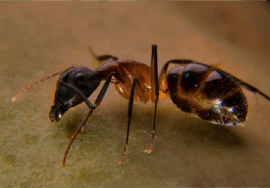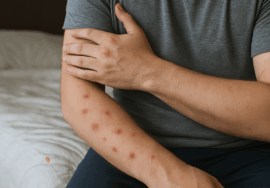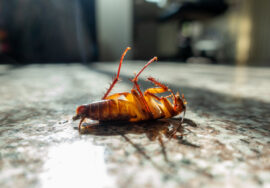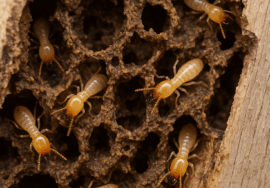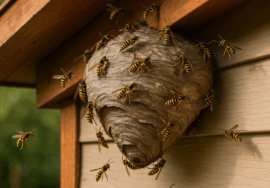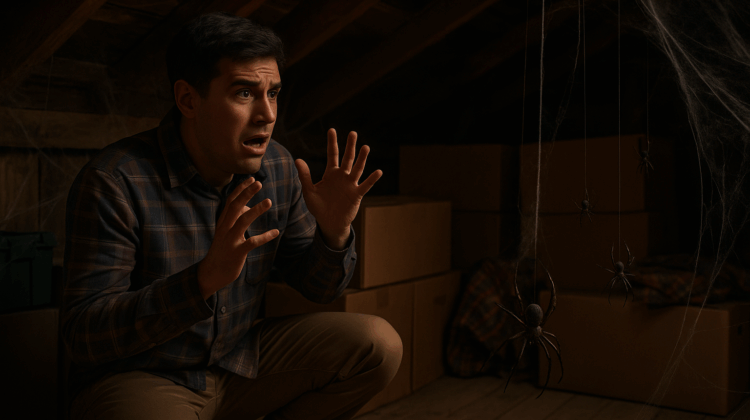
Dangers & Damage Caused by Spiders
⚠️ Health Risks
-
Venomous Bites
Some spiders, like Black Widows and Brown Recluses, are medically significant:-
Can cause severe pain, muscle cramps, nausea, and in rare cases, hospitalization.
-
Children, elderly, and immune-compromised individuals are at greater risk.
-
-
Allergic Reactions
Spider bites may trigger:-
Skin inflammation, itching, or blisters
-
In rare cases, serious allergic responses (anaphylaxis)
-
-
Psychological Stress
Arachnophobia is real. Even non-dangerous spiders can:-
Cause stress, anxiety, and sleep disruption
-
Reduce a sense of safety and comfort in the home
-
🏠 Property Damage
-
Web Accumulation
Spiders spin webs in:-
Corners, ceilings, vents, and windows
-
Storage areas, basements, garages, and attics
Web build-up creates a dirty, neglected appearance and requires frequent cleaning.
-
-
Contaminated Storage Areas
-
Webs, egg sacs, and droppings can affect stored clothing, documents, or fabrics
-
Hidden spiders can infest boxes and closets, causing a nuisance when disturbed
-
-
Reduced Property Value
An obvious infestation (especially in real estate photos or showings) can:-
Lower perceived cleanliness or upkeep
-
Impact buyer/renter interest in residential or commercial properties
-
🕸️ Wider Pest Problem
-
Attracts Other Pests
Spiders feed on:-
Flies, mosquitoes, ants, and other small insects
Their presence may indicate a larger underlying pest problem in or around your property.
-
-
Egg Sacs Hatch Quickly
A single female spider can lay hundreds of eggs, resulting in:-
Sudden infestations in closets, attics, garages, or dark corners
-
More frequent sightings and larger webs appearing overnight
-
🚨 Why Professional Spider Control Matters
-
Many spiders hide during the day and reproduce fast.
-
Over-the-counter sprays may not reach nests, egg sacs, or hidden entry points.
-
Professional pest control ensures safe, long-term removal—especially for venomous species

